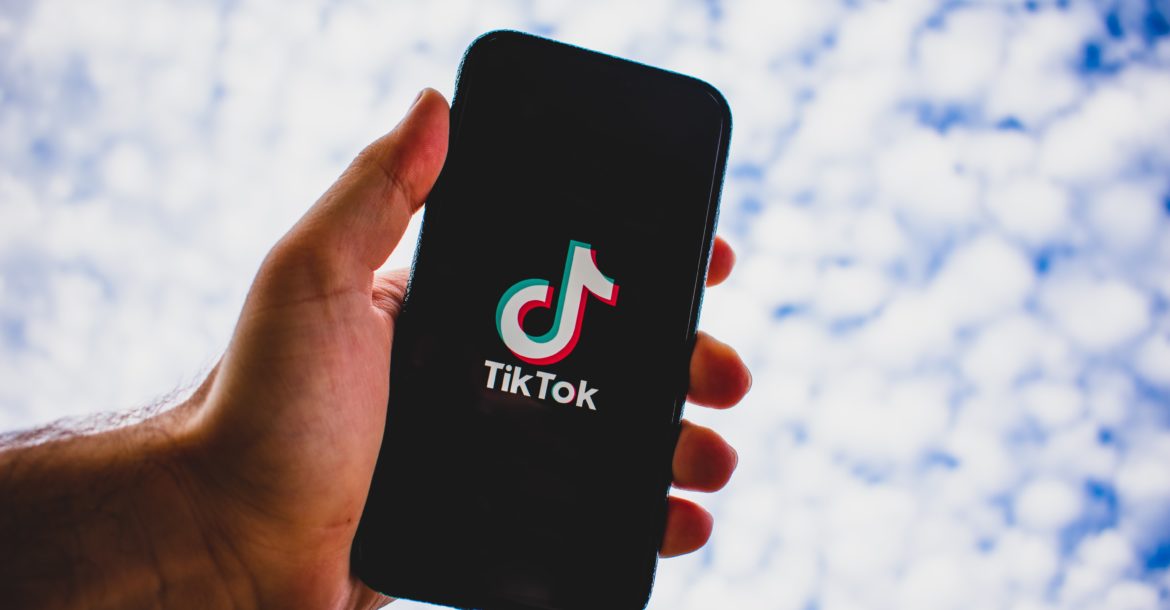Social Media has become our greatest source for news and the most up-to-date information. It even allows us to have access to events as they are happening in real time. We no longer have to actively seek out information on current events. They are now automatically presented to us the moment we open our social media apps. While there are settings designed to help limit our exposure to harmful info and images, it is nearly impossible to control and predict what will be presented by human users. This renders us extremely vulnerable to witness events we never intended to.
Recently, on Facebook, there was a livestream of a man dying by suicide. While it was later taken down, it was left up on the site for hours prompting many reshares and aspects of the video to go viral on another app, TikTok (Lee, 2020). This most recent incident is not the first time that content like this has been spread over the internet. Facebook has seen in the last few years, an uptick in suicidal and homicidal videos, often live streamed and reshared throughout social media platforms. On TikTok, clips of the recent video were embedded into what is called a “bait and switch” which are videos that draw viewers in for one thing, and then quickly switch to a distressing image in the short span of the video. A variety of videos with clips of the original Facebook stream continued to spread as famous influencers on the app warned streamers to be careful, though some would argue good intentions, prompted users to actively search for the video (Lee, 2020).
What is important to know about the viral sharing of this video is that TikTok is primarily used by adolescents and young adults, meaning they are being exposed to graphic and distressing images at a higher and quicker rate. TikTok videos are not very long, so the amount of content users can take in a short span of time is quite high. This proves problematic because exposure to these kinds of videos can have harmful effects on viewers, eliciting a potential for second hand trauma.
Second hand trauma refers to the indirect trauma that can occur when exposed to unexpected, difficult, or distressing images, experiences, or stories. Someone who is already experiencing suicidal tendencies, depression, or are vulnerable due to losing a friend or family member to suicide are at a higher risk of experiencing symptoms. Emotional symptoms of second hand trauma include numbness, detachment, and feeling overwhelmed. Physical symptoms include low energy or feeling fatigued. It’s also important to take note of behavioral changes such as change in routine or in self-destructive coping mechanisms.
Social media can also contribute to feelings of physical and emotional fatigue, irritability, and trouble focusing which is drastically increased when you add that the content adolescents and adults are taking may at times be graphic, distressing, or emotionally provoking. The sheer amount of images, vidoes, and information that primarily children, adolescents, and young people are exposed to can also contribute to psychological and physical symptoms as their brains are processing a high volume of content.
A few ways to support your child in social media use and potential distressing content they viewed is to try to create an open and honest conversation with them. Cultivate a space to discuss topics such as emotional and mental health while also working to establish and monitor social media boundaries if it seems right for your family. If you are comfortable, you can also choose to educate your child on the dangers of social media and may even opt to set in app restrictions or time limits which are offered on different social media platforms. Ultimately, it is beneficial that your child knows that you support them, are listening to them, and seek to understand their current experience, whether that be related to their mental health or to the world they are witnessing on social media.
If you are experiencing suicidal thoughts, symptoms of depression, or need someone to talk to please contact the National Suicide Prevention Hotline (800-273-8255). If you would like to speak with someone, find resources on topics such as suicide, depression, anxiety or mental health or are interested in finding a therapist, please contact the Batavia Collaborative. You are not alone, and we are here to help.
Reference:
Lee, Nicole. (2020). How a suicide video on Facebook live went viral on TikTok. Engadget. Retrieved from https://www.engadget.com/facebook-live-tiktok-suicide-195000310.html?guccounter=1&guce_referrer=aHR0cHM6Ly93d3cuZ29vZ2xlLmNvbS8&guce_referrer_sig=AQAAAJdjtMNnqsWYTWcNuQjQSK2wVWhSiVC3wZ2Mhm0pBRKGyiRwD_FcnTgSSZmDf3D_PM4Ny9EZvTU9LHrA9cFRdMgnOUo5m5xU1HBUvVQjaz_GlCtxHChHjGVPu7zLgAd0VlUVlNfBF37-k-g1kRLq6SLmfvJEexmlueCR1LwSwDMV

